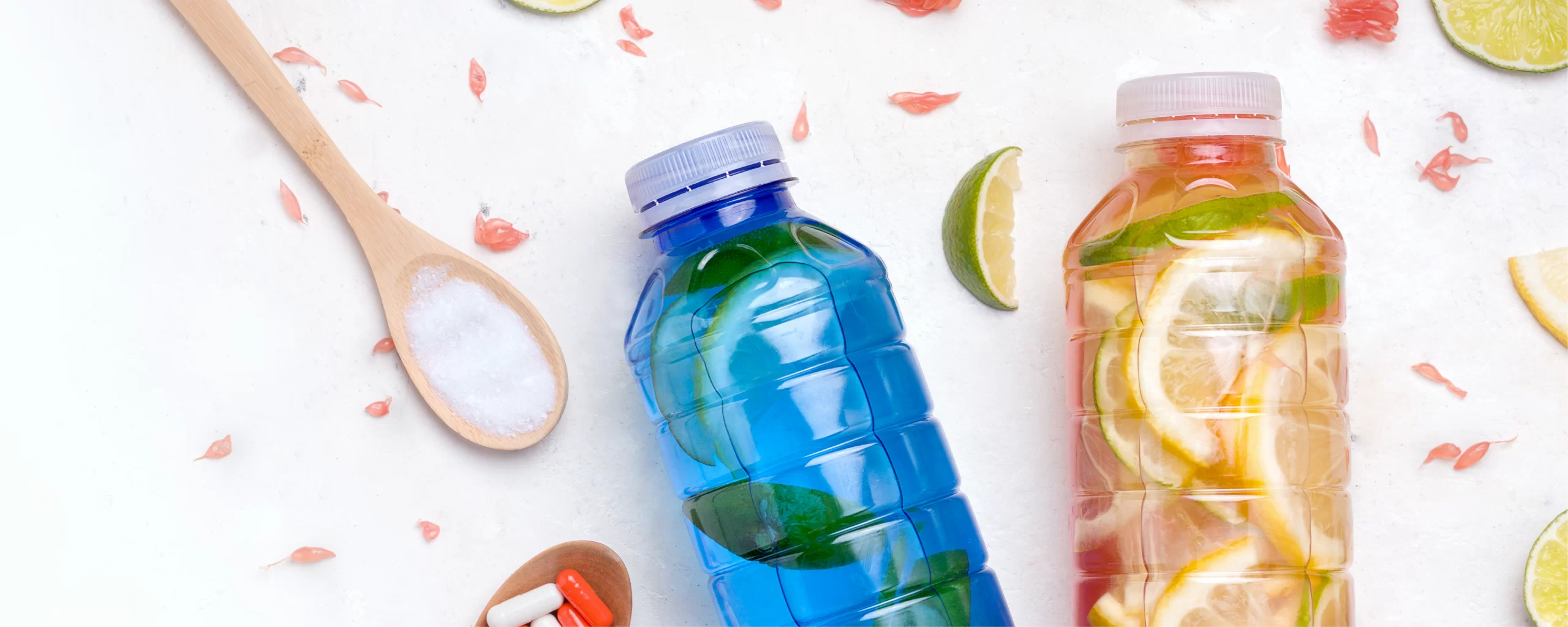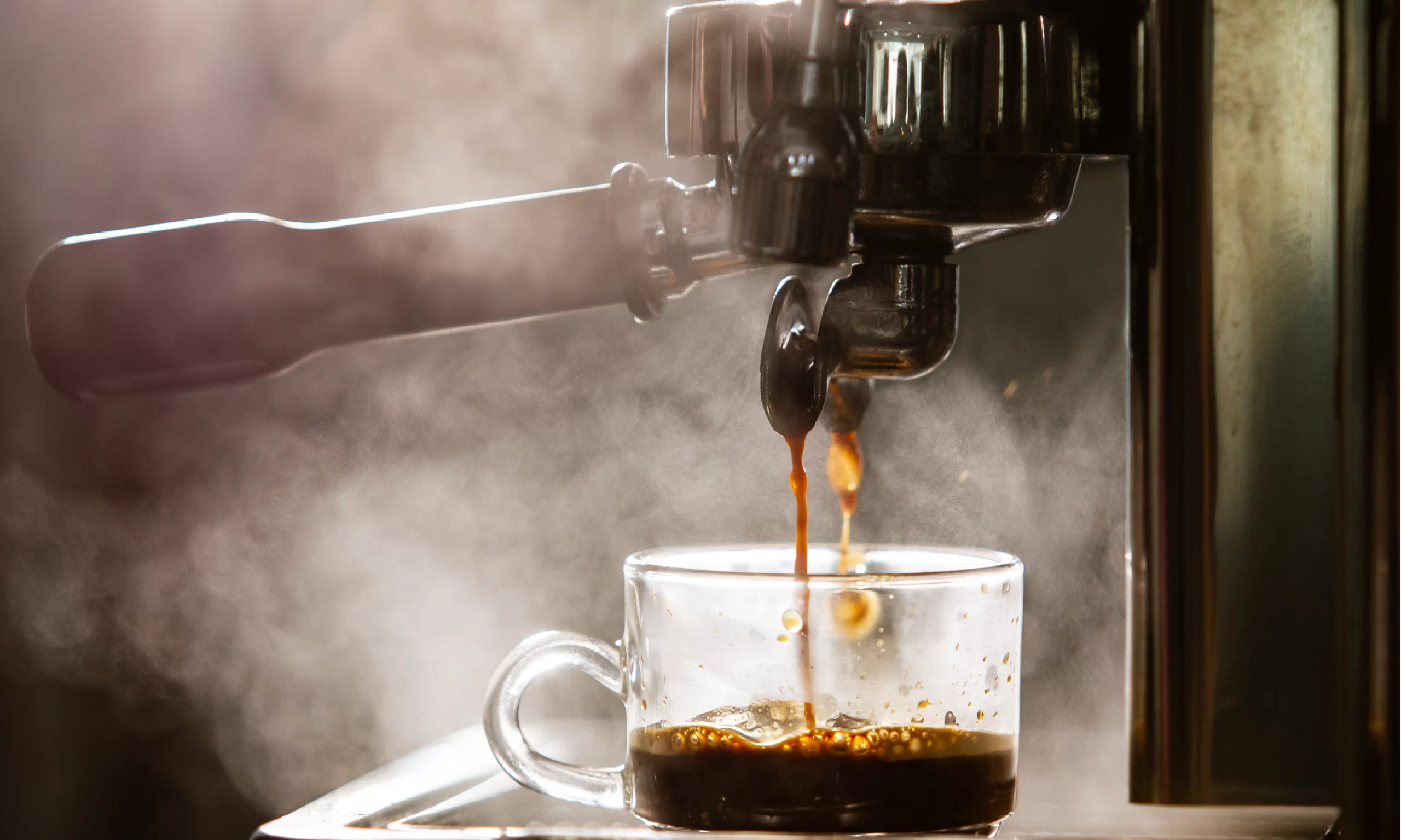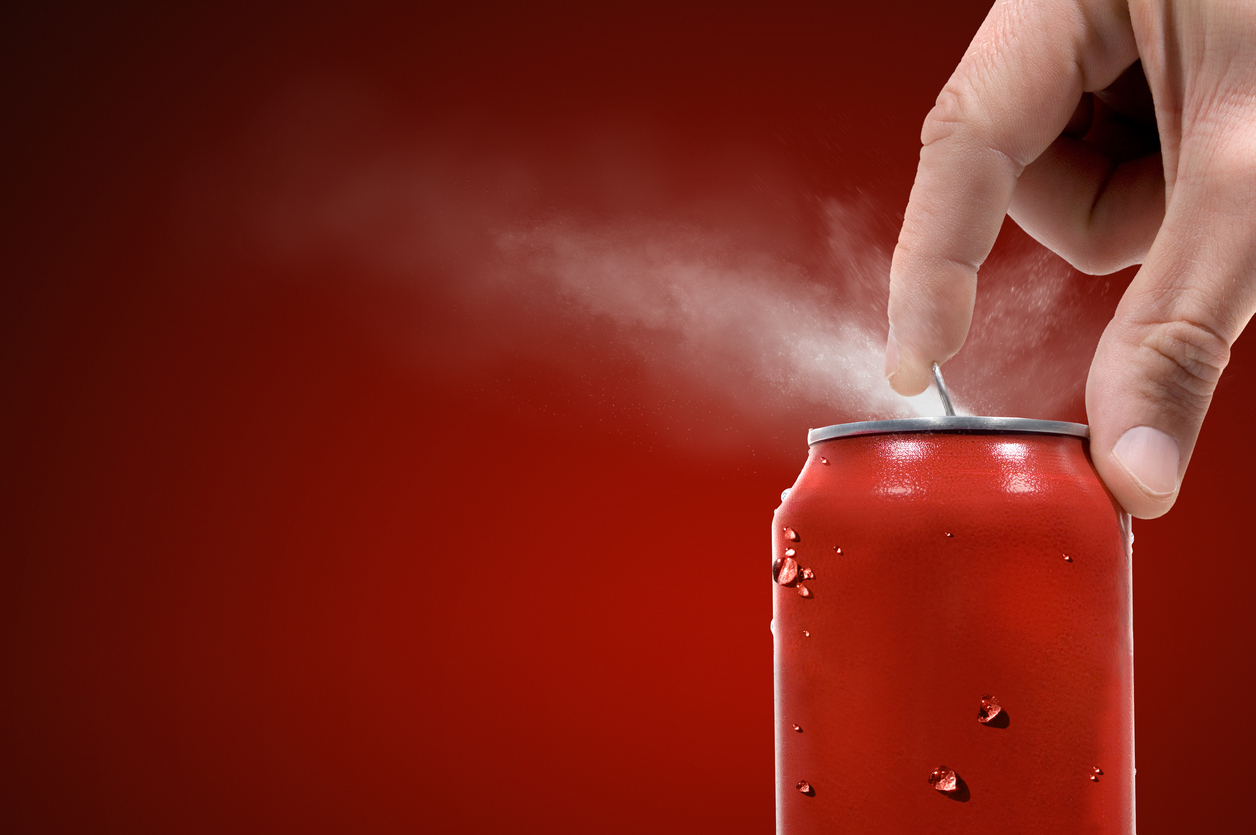Trends in Non Alcoholic Drinks
Soft drinks, juices, teas, coffees, bottled water, and functional beverages are just a few of the many goods that fall under the broad category of non-alcoholic beverages. Evolving consumer preferences toward healthier and more diverse drink options are driving market growth. To cater to this demand, brands are introducing innovative products such as plant-based waters and functional drinks that offer added wellness benefits. Moreover, younger generations, including Gen Alpha, Gen Z, and Millennials, are increasingly reducing their alcohol consumption and gravitating toward low and no-alcohol beverages.
Product Segregation
The Non-alcoholic beverage category encompasses a wide range of beverages from various categories, as mentioned below.
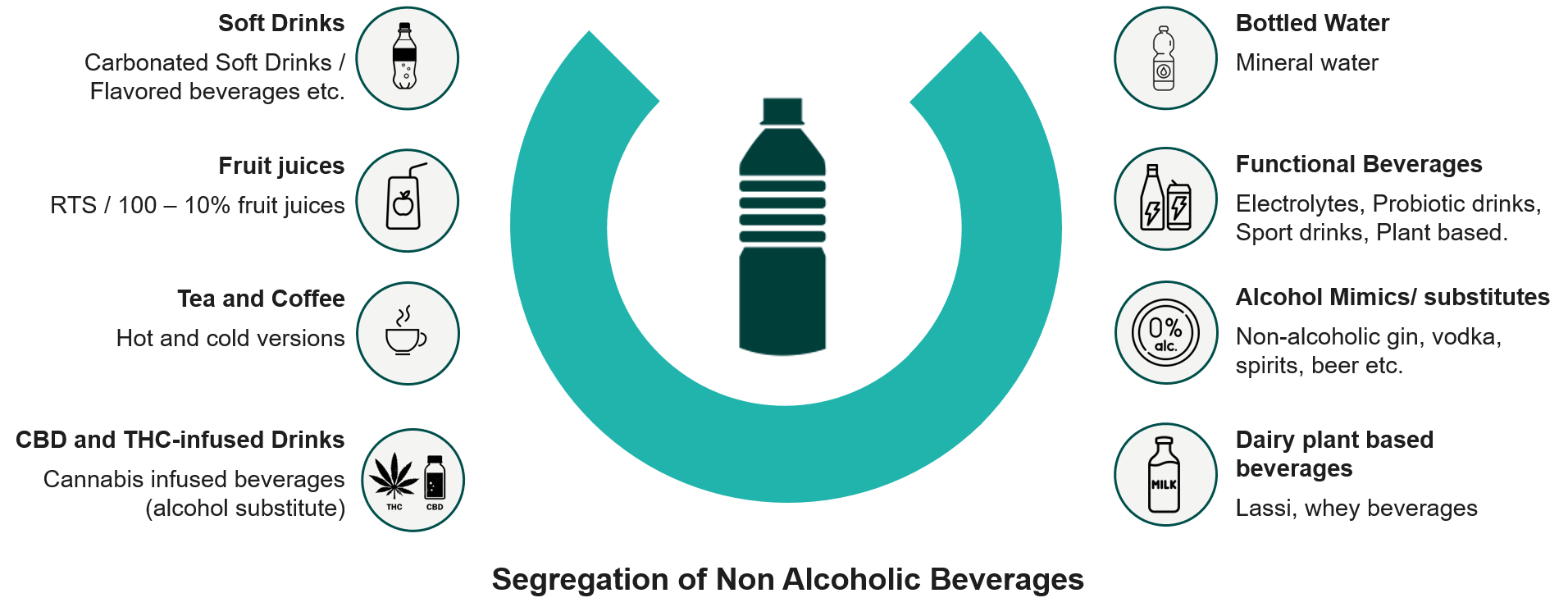
Figure 1: Category-wise segregation of non-alcoholic beverages
Key Trends in the Non-Alcoholic Beverage Market
Functional Ingredients
The demand for beverages with functional advantages is growing as consumers are prioritizing their health. Drinks infused with vitamins, minerals, probiotics, and adaptogens are gaining popularity, catering to desires for enhanced hydration, increased energy, and improved gut health. For instance, functional beverages like kombucha and flavor-infused waters have gained popularity for their perceived health advantages.
Expansion of Non-Alcoholic Alternatives
The market for non-alcoholic versions of traditional alcoholic drinks is broadening beyond beer to include spirits and wines. Sales of non-alcoholic spirits have notably increased, reflecting consumers’ desire for sophisticated, alcohol-free options that allow for social enjoyment without intoxication.
Innovative Flavors and Ingredients
There’s a growing appetite for unique and exotic flavors in non-alcoholic beverages. Consumers are exploring options featuring ingredients like yuzu, blood orange, and pink grapefruit. This trend extends to plant-based waters derived from sources such as coconut, aloe, cactus, and watermelon, offering refreshing alternatives with perceived health benefits.
Sustainability and Ethical Production
Environmental concerns influence purchasing decisions, with consumers favoring brands that prioritize sustainability. This involves environmentally friendly packaging usage, responsibly obtained materials, and open and honest manufacturing methods. Companies adopting sustainable practices are gaining a competitive edge in the market.
Astringency Reduction
Astringency is the sensation characterized by puckering, dryness, or a stretching feeling in the mouth. The causes include the presence of tannins, polyphenols, metal salts, and ascorbic acid. The sensation is attributed to various types of compounds, with a primary emphasis on tannin compounds. Astringency presents a significant drawback in beverages, leading to consumer avoidance of such products. Brands employ various processing and pretreatment methods on raw materials and final products to mitigate undesirable tastes. The application of high-pressure processing (HPP), clarification, heat treatments, and the fermentation of beverages helps mitigate astringency.
Mouthfeel Solutions
A beverage’s mouthfeel is equally important to total enjoyment as its flavor and scent. Customers may sense that something is lacking when there is no mouthfeel. Brands supply mouthfeel solutions like Warming experience and Tingling Sensation to guarantee that no- or low-alcohol drinks deliver a pleasing experience. These methods give drinks more depth and texture while producing a distinctive and enjoyable experience. Brands may alter the mouthfeel of their beverages to provide the experience they want with a variety of mouthfeel options.
Market Dynamics
The market dynamics of non-alcoholic beverages include the following market drivers, challenges, and opportunities:
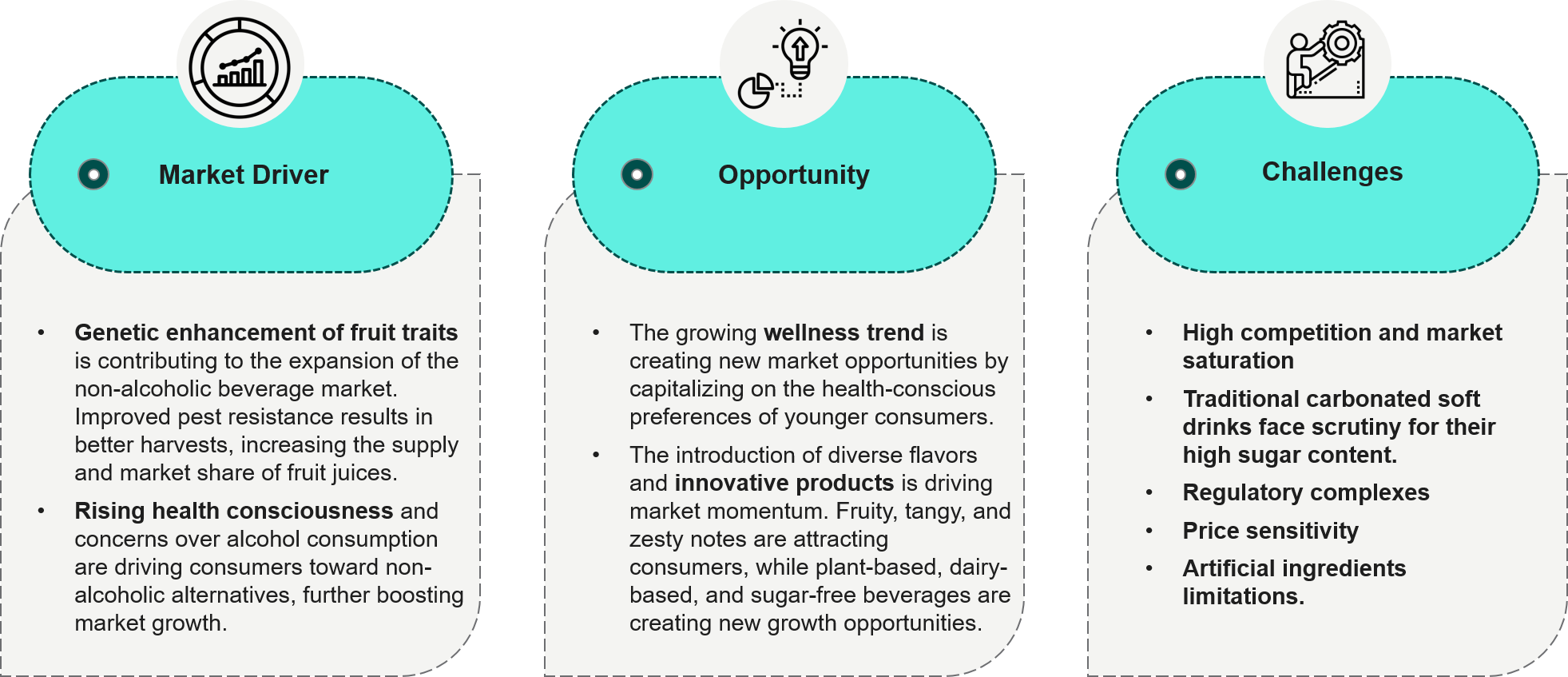
Figure 2: Market Dynamics of the Alcoholic Beverage Market
Key Market Players in the Non-Alcoholic Beverage Market
The non-alcoholic beverage market is highly competitive and saturated with various flavors and blends. To remain viable, brands are adopting strategic marketing approaches to sustain their market presence. Several key players dominate the industry, holding a significant share of the non-alcoholic beverage market.
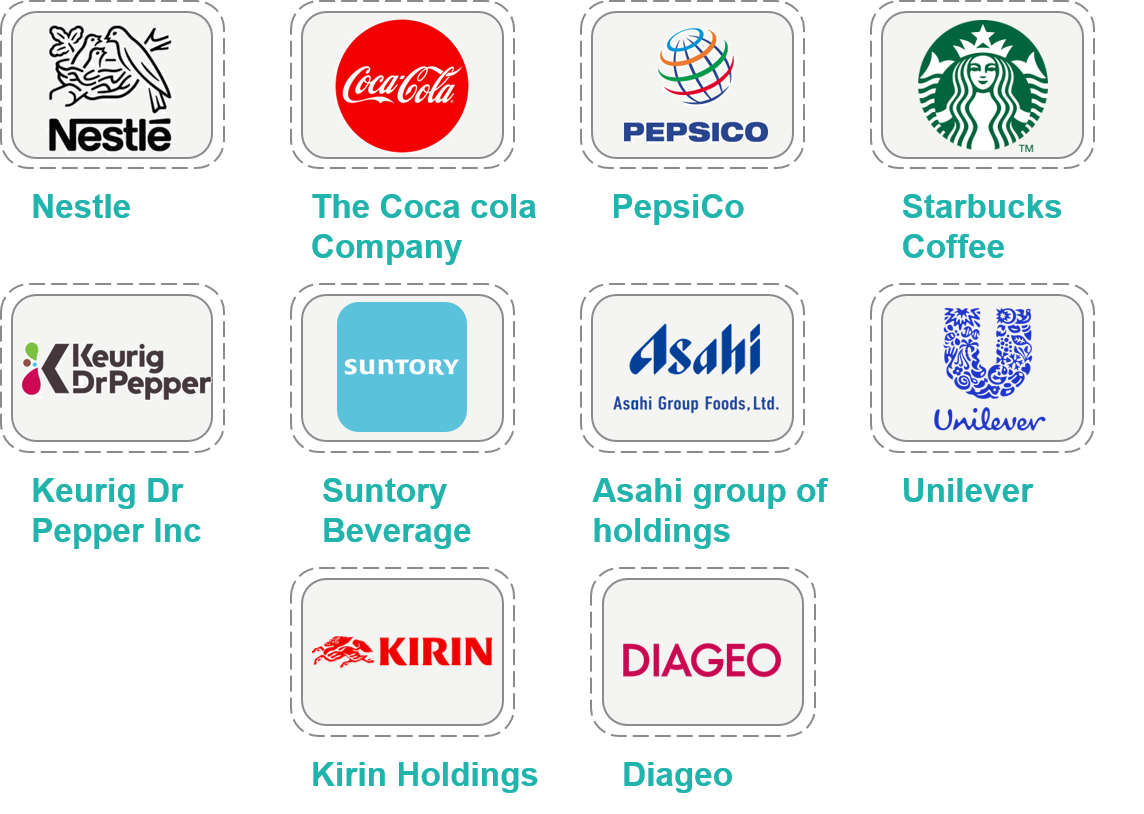
Figure 3: Key Players in Non-Alcoholic Beverage Market
New Innovations
Plant-based Waters: Traditional water is always great for hydration, but innovation is the key. Plant-based waters—such as aloe, coconut, cactus, birch, and maple—have gained popularity as refreshing and natural hydration options for health-conscious consumers.
- Aloe Water – In addition to being an excellent cure for sunburned or irritated skin, aloe may also improve your general health when consumed in water. Vitamin C, a natural laxative, and blood sugar regulation are all benefits of aloe vera water.
- Coconut Water – It serves as an excellent alternative to sports energy drinks, offering a rich source of potassium that aids in replenishing electrolytes without the high sugar and calorie content typically found in most post-workout beverages. Additionally, it contains calcium, vitamin C, magnesium, and amino acids, which contribute to heart health and help lower blood pressure.
- Cactus Water – Cactus water is packed with electrolytes, much like coconut water. Its other significant advantage, compared to your typical sports drink, is that it has fewer calories—just 18 per cup.
- Birch Water – Due to its abundance of minerals and antioxidants, birch water, formerly well-known in Eastern Europe, has become increasingly popular in the US. It is a natural source of manganese, a mineral that helps regulate blood sugar and fortifies bone structure by facilitating calcium absorption. It is extracted from the sap of birch trees. Birch water is prized for its cleansing qualities due to its low sugar level.
Non Alcoholic Substitute: – It is a beverage designed to replicate the taste, feel, or experience of alcoholic drinks without containing alcohol. These substitutes often include mocktails, alcohol-free wines, beers, or spirits, and are crafted using ingredients like fruit juices, botanicals, and sparkling water. They cater to individuals who want to avoid alcohol while still enjoying a sophisticated or social drinking experience. Additionally, they can be healthier alternatives, often with fewer calories and no intoxicating effects.
Functional Beverages with Adaptogens and Nootropics: – Brands like Kin Euphorics and De Soi are pioneering non-alcoholic drinks infused with adaptogens, nootropics, and botanicals. These ingredients aim to promote relaxation, enhance mood, and support cognitive function, offering consumers a functional alternative to traditional alcoholic beverages.
Fermented Drinks: – One notable innovation in the non-alcoholic beverage industry is the rise of fermented drinks, particularly kefirs. These come in two variations: milk-based and water-based, with the latter being the more commonly consumed.
Originally enjoyed by a niche group of enthusiasts, kefirs are made by fermenting probiotics with sweetened water. Now widely available in organic specialty stores as well as supermarkets, they are believed to offer health benefits by supporting gut flora and aiding in body detoxification. Popular fermented drinks in this category are Kefir, Kombucha, Amazake, Amasi, etc.
Marketing and Branding Strategies
The non-alcoholic beverage industry is primed for innovation, with brands experimenting with new formats, ingredients, and marketing strategies to appeal to health-conscious and sober-curious consumers.
Leveraging Familiarity & Portability: Canned NA (Non Alcoholic) beverages can capitalize on their association with beer and hard seltzers, making them an easy, familiar choice for social settings like beach outings and barbecues.
Cultural & Artisanal Storytelling: Highlighting traditional drinks (e.g., tepache) with unique flavors and artisanal methods allows brands to stand out while tapping into consumer interest in authenticity and crafted products.
Functional & Wellness-Driven Positioning: Incorporating mood-boosting ingredients (e.g., L-Theanine, ashwagandha, and magnesium) appeals to health-conscious consumers and creates opportunities for wellness-focused marketing campaigns.
Innovative & Sustainable Product Formats: Unique formats like steepable tea bag mocktails provide customization and sustainability, appealing to consumers seeking convenience, versatility, and eco-friendly alternatives.
Key Takeaway
- Customer Preferences: – Customer preferences significantly influence the growth of the global non-alcoholic drinks market. Customers are choosing healthier beverage options as a result of the increased emphasis on health and well-being. Increased knowledge of the negative consequences of alcohol, a move toward healthier lives, and a desire for more inventive and varied drink alternatives are the main drivers of this rising demand.
- Market Trend: – Market trends also play a key role in shaping the global non-alcoholic drinks market. One significant trend is the rising demand for functional beverages, as consumers seek drinks that offer more than just hydration, such as energy drinks, sports drinks, and herbal teas with added health benefits. Another growing trend is the preference for premium and artisanal non-alcoholic beverages. Consumers willingly spend more on high-quality, unique, locally sourced drinks that provide a personalized and refined experience.
- Macroeconomic Factors: – Macroeconomic factors like rising incomes, urbanization, and changing lifestyles are boosting the global non-alcoholic drinks market. The demand for convenient, ready-to-drink beverages is increasing, supported by e-commerce growth. Overall, the market is expanding due to health-conscious consumers, functional and premium drink trends, and cultural influences, with continued growth expected.
Conclusion
The non-alcoholic beverage sector is expected to experience significant growth in 2025, driven by increased celebrity endorsements and consumer engagement through shared mocktail recipes. This creates a major opportunity for marketers to leverage consumer insights and stay ahead of emerging trends in popular flavors and mixers. While traditionally catering to sober audiences, the non-alcoholic market is now attracting a broader consumer base seeking flavorful and health-conscious drink options. Marketers can focus and capitalize on this trend by introducing innovative beverage creations and targeted messaging that resonates with health-focused consumers.
